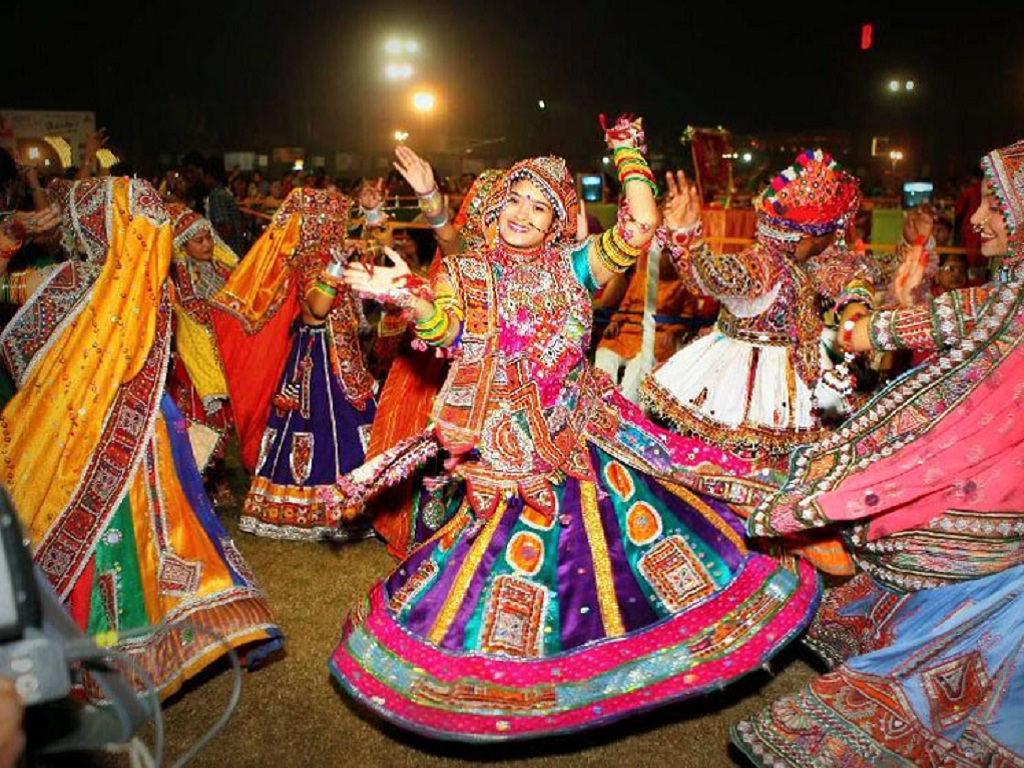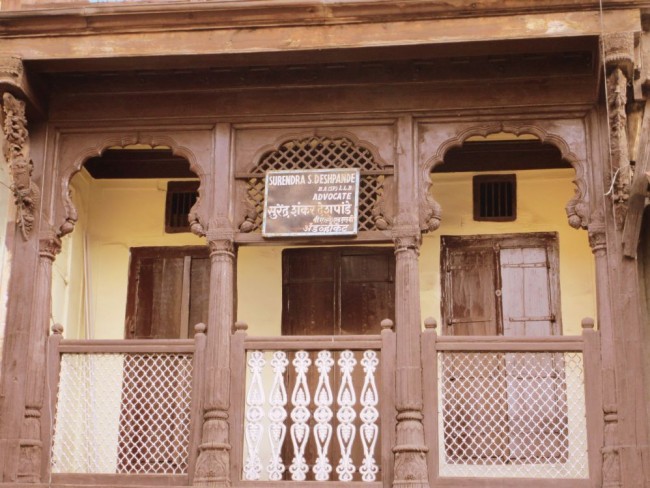DPC Announces photo trip to Ahmedabad Navratri ( Garba Raas)
DPC is happy to announce that we are arranging the next DPC Photo Bus trip to Ahmedabad, to capture the essence of Navratri and Dandya.
This trip is for 3 days- 4 nights. We are going by train (3 tier)
We will be visiting Gujrat Heritage- Sarkhez Roza, Teen Darwaza, Sabarmati River front and many more interesting sites. In the evenings will enjoy Garba Raas
.
Other Important Details
We leave on 6th Oct, Thursday and be back on 10th Oct, Monday.
Stay: will be on twin sharing sharing basis in a home stay environment .
Mode of travel: Train
Gear: You can carry tripods and wide angle lenses for cameras. Any camera is good for this trip so long as it digital. For yourself, please carry wollen cloths , comfortable shoes, take hats/caps, shades and sunscreen! And ofcouse a traditional outfit for the dandiya raas
Cost of entry to Garba venue is not included , to be paid separately
Dates: 6th, 7th, 8th, 9th October
Trip Fee: Rs. 10500/-
Prem. Mem Fee : Rs. 9400/- (this includes registration fee of Rs 3000 )
Please carry the balance or complete amount in cash as we have to pay cash.
Fee includes travel & group transfers, stay and meals
Feel free to call us for further clarifications @ 8826712162
The signification of Garba
Navratri, meaning ‘nine nights’, is one of the most popular and widely celebrated Hindu festivals in many parts of India. Gujarat, however, is the only state that erupts into a nine-night dance festival, perhaps the longest in the world. Each night, all over the state, villages and cities alike, people gather in open spaces to celebrate feminine divinity, referred to as Shakti.
The dance form known as ras garba (also joined sometimes by dandiya, which uses small wooden sticks), comes from Lord Krishna’s worship rather than Goddess worship, from the Gop culture of Saurashtra and Kutch. Stories of relationships between Krishna and the Gopis, and their emotions, also often make their way into the ras garba music.
Nevertheless, the focal point of every garba circle is the small Goddess shrine erected by each community to mark the beginning of the festival, on the first day of the Hindu month of Ashwin. The shrine includes a garbo, an earthenware pot, in which a betel nut, coconut, and silver coin are placed.
Each night the village or urban neighborhood gathers to perform a puja to one of the nine forms of Goddess. The nine nights are also broken up into sections of three; the first is for Durga, the goddess who destroyed an evil force represented by the demon Mahishasura, and who destroys human impurities; the second is for Lakshmi, the goddess of prosperity; the third is for Saraswati, the goddess of wisdom and art. It is a time to celebrate fertility and the monsoon harvest, represented by a mound of fresh soil in which grains are sown.
After the puja begins the music; it is unmistakable to those who are familiar with the style and irresistible to many. People begin to dance in a circle, whirling away till late into the night. It is not uncommon to find dancers with swords or lit flames and other spectacles.
The traditional dance steps are simple, though over the years people have been inventing more complex steps. Similarly, the music was traditionally acoustic, principally composed of drums and singing, but most people now use amplified sound systems or a blend in the form of a live band with modern instruments.






































